
3 minute read
A Winning Garden Checklist
It is time to get your maintenance in check,sow cool-season seeds and grow with the flow as we enter the last month of autumn. Experts at www.lifeisagarden.co.za provide a May Garden Checklist

Advertisement
Aloes will provide colour in winter.
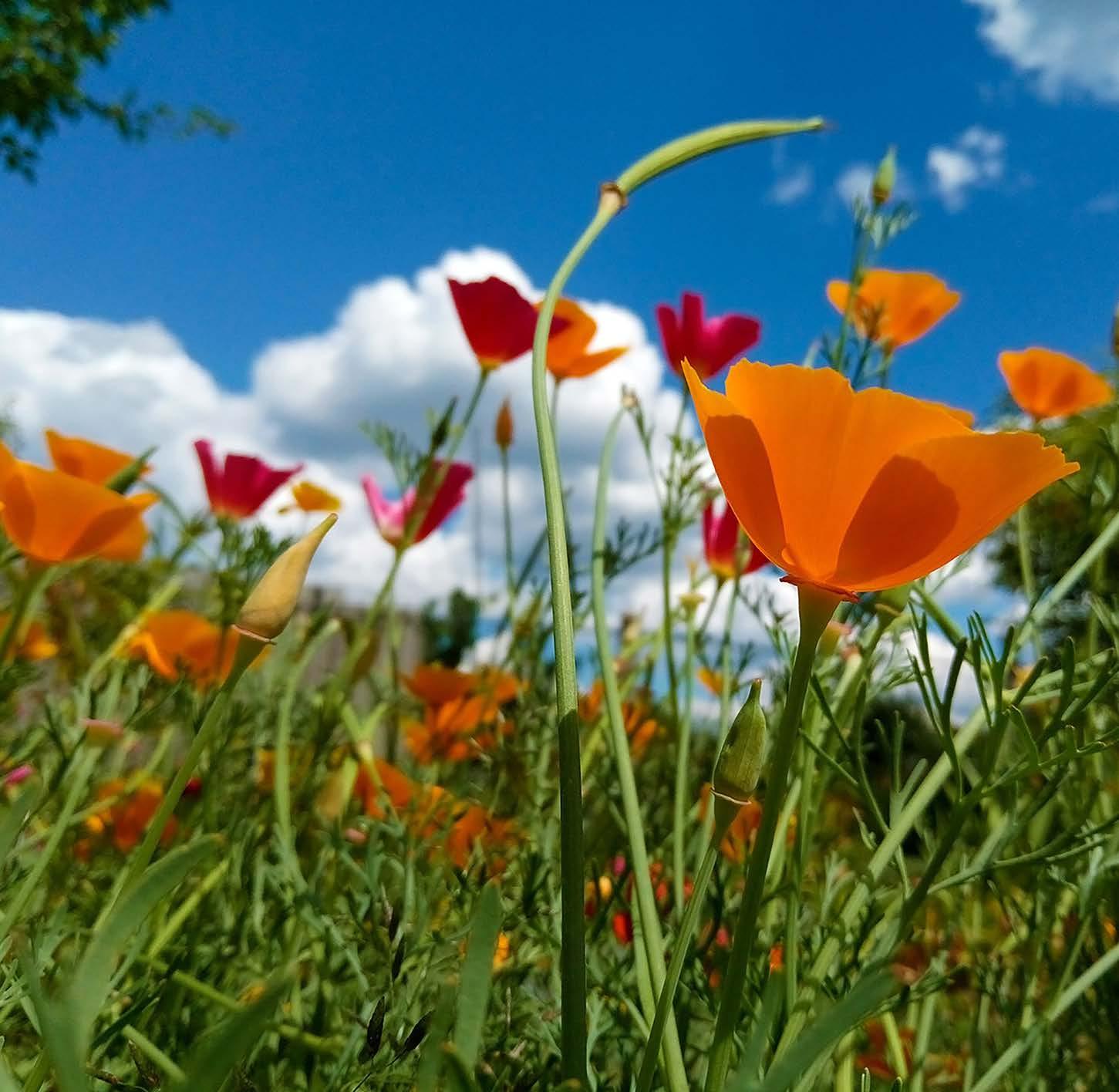
Plant bright winter-flowering annuals this month.
CRISPY BLOOMS TO PLANT
Bulb up:
Honour our African heritage this African Month with a jive of colour from sparaxis (harlequin dlower), genus Ixia, and Tritonia. Also try these perennial bulbous plants: sweet garlic (Tulbaghia fragrans), weeping anthericum (Chlorophytum saundersiae) and red-hot poker (Kniphofia praecox).
Bush:
Pork bush (Portulacaria afra) is a local hero hedge. Good as a barrier plant, it tolerates frequent pruning, and is extremely drought resistant, and fast growing.
Succulents:
Aloes are in full swing this season. Do try Peri-Peri, Sea Urchin and Porcupine.
The 4 Ps:
Plant with the 4 Ps - poppies, pansies, petunias and primulas.
Rose-bed revival:
Longstemmed roses can be picked now. If the plants are in full leaf, continue with your spraying programme but reduce watering.
Plant winter-flowering annuals, such as pansies, poppies, or compact snapdragons, around rose bed edges to give them a revived burst of colour (and hide bare branches).
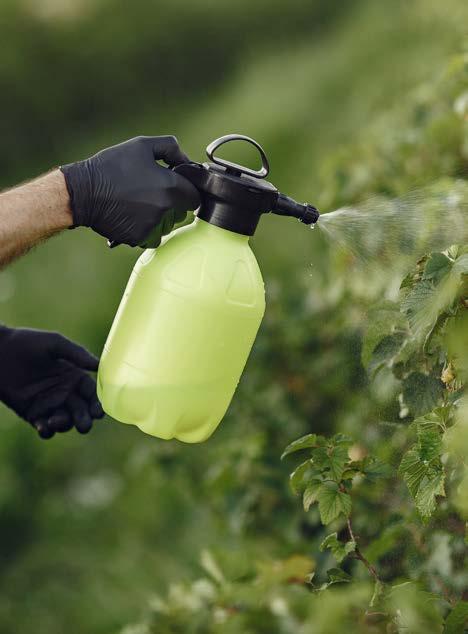
Fertilisers promote healthy growth throughout winter.
Split and divide:
If the following perennials have stopped flowering, they’re ready for the operating table: Japanese anemones (Anemone japonica) and obedient plant (Physostegia virginiana).
Fertilise:
Annual stocks and larkspurs will benefit from extra nitrogen – in the form of liquid fertilisers and other plant food – to promote good growth and flowering throughout winter.
EAT LIKE A WINTER-WINNER
Eye candy:
Add rows of ornamental (and inedible) kale between other winter vegetables. It makes an unusual but stunning winter option for colour. Companion plants include beetroot, violas and pansies (both have edible flowers), onions, nasturtiums, and spinach.
Mixed masala:
Interplant leafy winter veggies and root crops with herbs like lavender, thyme, oregano, parsley, yarrow and comfrey.
Cuppa your own Joe: The coffee plant (Coffea arabica), which is actually a tree, will earn you kudos from coffee snobs if you can manage to grow it successfully in a highlight indoor area. Imagine grinding home-grown beans? Count us in!
De-gogga your cabbage:
Pull up old sweet basil plants, chop them up, and then use them as a natural insect-repelling mulch around your cabbages.
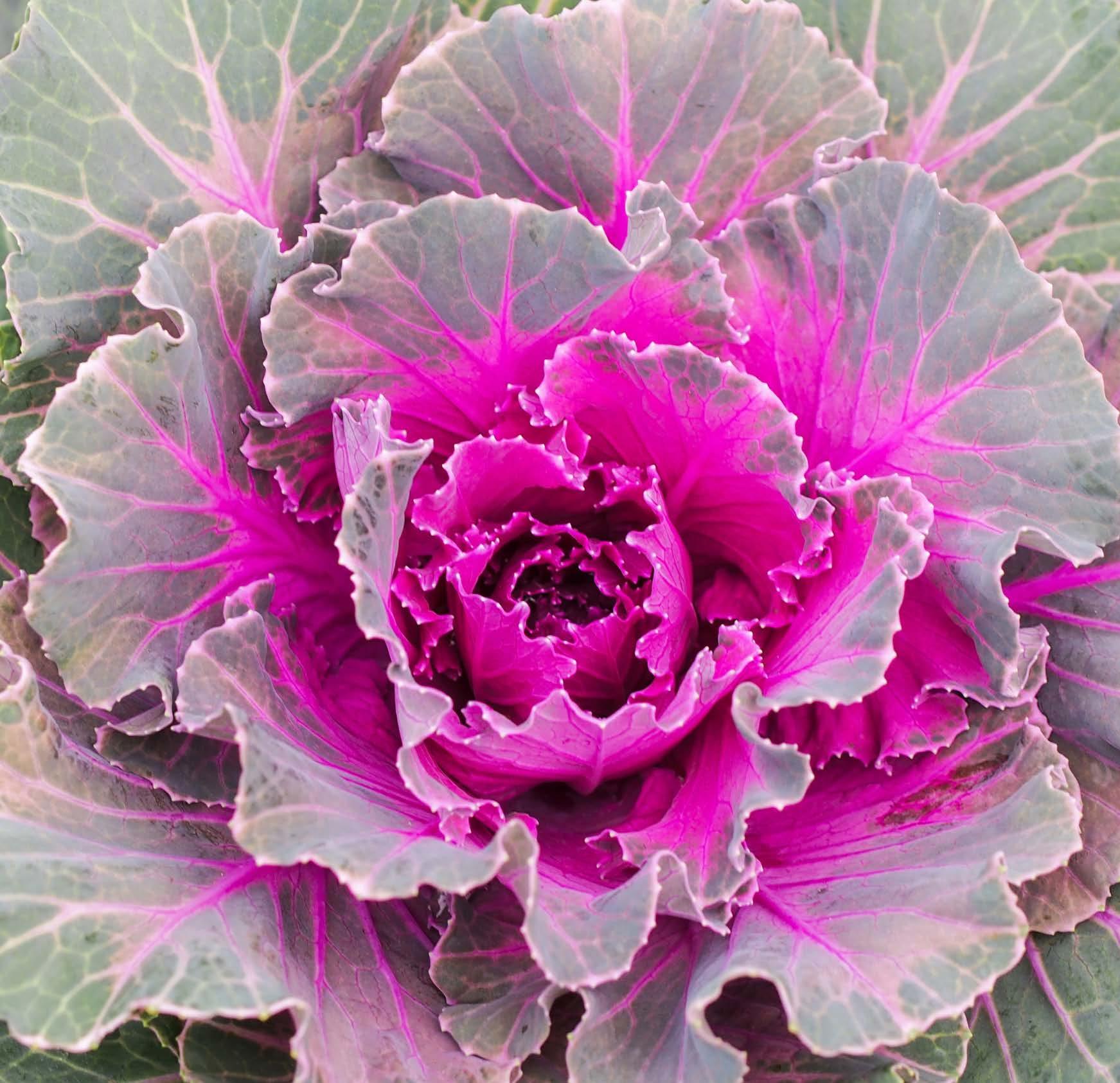
Add rows of ornamental kale in between rows of other veggies.
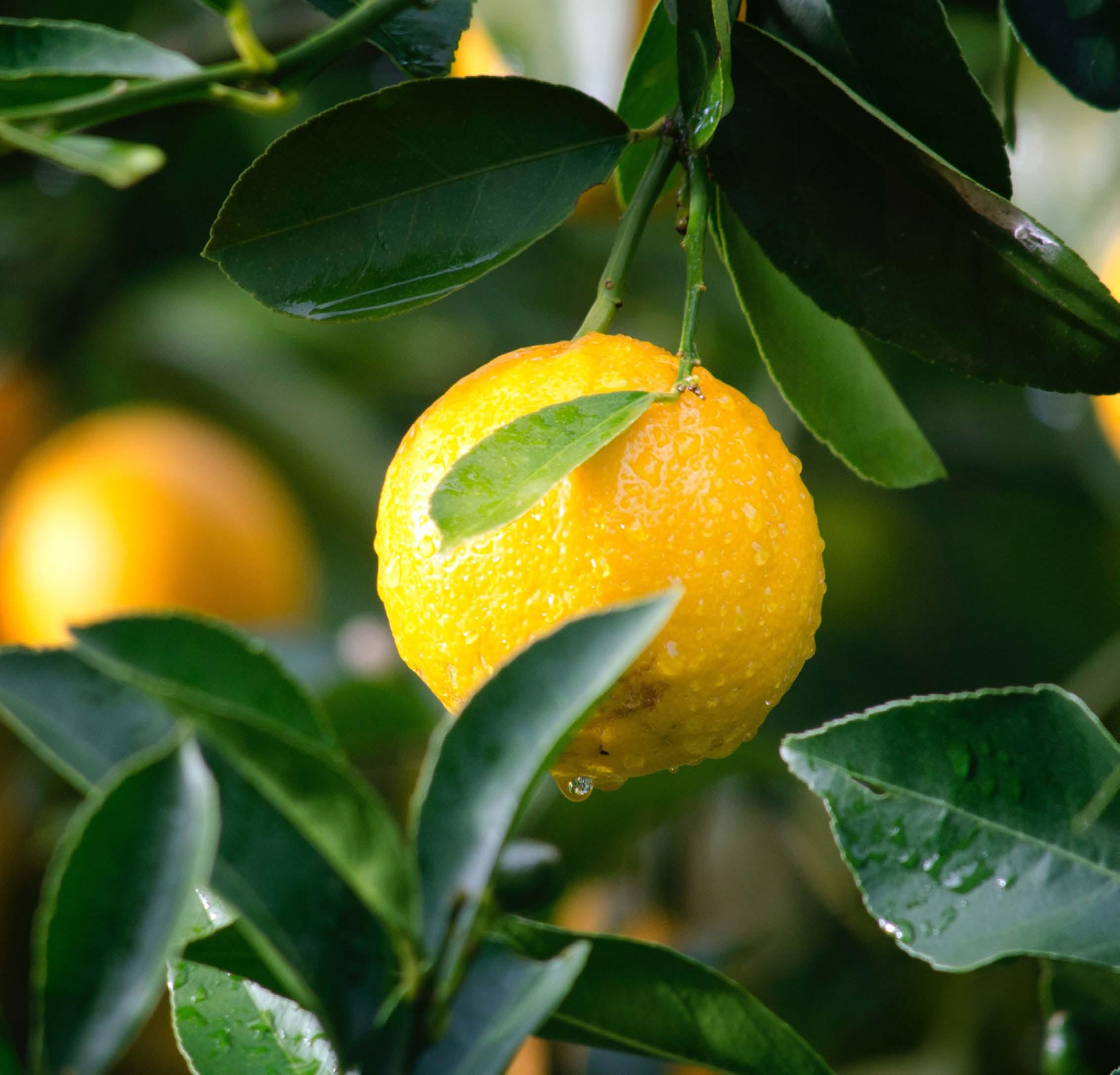
It’s the season to plant citrus trees.
If it’s yellow, it ain’t mellow:
Prevent disease by removing all yellow leaves from brassicas, such as Brussel sprouts, cabbages, cauliflower and broccoli.
Fruitful advice:
Feed avocado trees with 3:1:5 and mulch them up. Plant litchis and citrus, while also keeping mango trees dry before their flowering starts. In coastal and lowveld areas, feed granadillas with a nitrogen and potassium combination fertiliser.
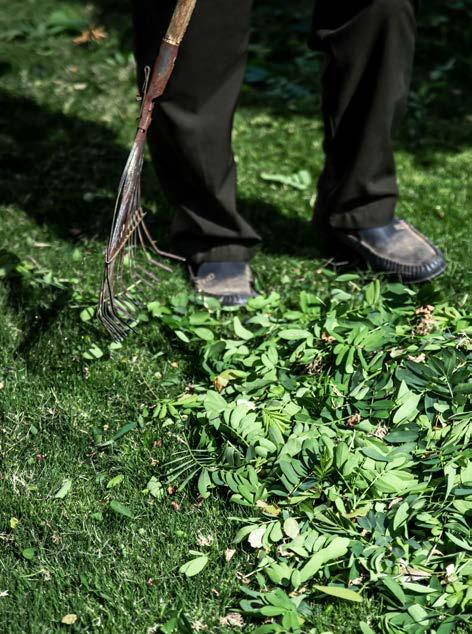
Keep raking up fallen leaves and pop them on the compost heap.
TRICKS OF THE COOL-SEASON TRADE
Prevent pests:
Prevention is better than cure. Remember good soil + good drainage + mulch + fertilising/feeding = a healthy plant with more flowers, more fruit and more vegetables.
Spray away:
Keep spraying conifers with eco-friendly insecticide. Rake it: Rake fallen leaves off the lawn to prevent them from blocking out sunlight and then pop them on the compost heap. Coastal gardeners can still apply one more dose of fertiliser before winter sets in.
Freeze alert:
Watering should be done after 9am and completed by 3pm in frost zones – wet plants will freeze.










